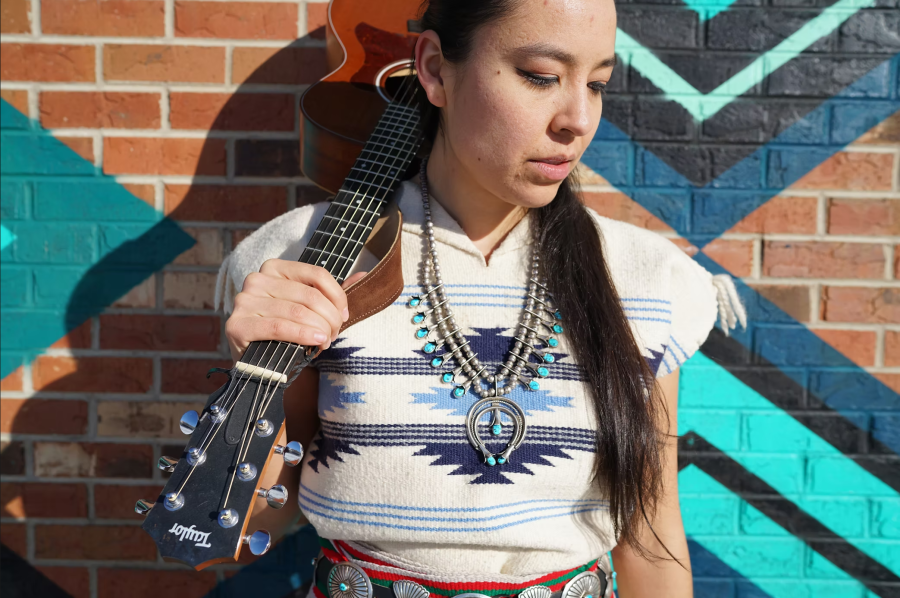A newcomer to the north might not have a clue when the caribou are fattest, when marten pelts reach their shimmering prime, or when the lowbush cranberries peak in taste and color. But for the Gwich'in Athabaskans of Fort Yukon, Alaska, the serious business of gathering wild resources from the land follows a strict seasonal round established by their ancestors over centuries. This tried and true calendar of activities has evolved in response to northern environmental conditions such as animal migrations which make them seasonally abundant or absent, ice and snow cover which affect travel and access to resources use areas, and preferences for certain qualities found in resources at specific times of the year.
To understand the seasonal round of harvest activities one must envision Fort Yukon as a community of harvest specialists trading and sharing with each other. Not everyone is skilled or equipped to be a trapper, a wood-cutter, a moose hunter, or a salmon fisherman. But through the practice of reciprocity, meat, fish, furs, and firewood are shared widely within the community Full-time jobs are few and to make ends meet, many families piece together part-time and seasonal wage employment with resource gathering activities that provide preferred foods. Studies by the Alaska Department of Fish and Game, Division of Subsistence, show that per capita harvests of wild resources in Fort Yukon are among the highest in Alaska, about 1,000 pounds per person per year.
Open Waters
At Fort Yukon, the spring thaw and break-up of river and lake ice occurs about April or May. With the warm and lengthening days, this new open-water period brings a rush of activity Nets and sloughs for whitefish and pike are set in rivers and hunters take ducks and geese from the great waves of birds returning on their spring migration north. Out on the grass-lakes, still rimmed with ice, muskrats are trapped and hunted for meat and fur.
As spring greens into summer, the community focus turns decidedly to fish. Prized king salmon ascend the Yukon from the Bering Sea and reach the Yukon Fiats by the thousands in late June or early July where they are harvested using set nets and fishwheels. The chum salmon follow in August and sheefish are a welcome find in gear set for salmon throughout the summer. Some families spend the entire summer in riverside fish camps cutting, drying, and smoking salmon to be distributed to numerous households. Off the main rivers, others use fishing poles or small-mesh gillnets to catch whitefish, cisco, northern pike, grayling, and suckers. On summer trips between villages, fish camps, and favorite berry patches, residents may take black bear and small game such as porcupine and arctic ground squirrel when they are encountered.
Late August brings the first frosts to the Yukon Flats, turning the leaves and sedges from lush green to gold. The transition into fall is marked by a general shift from salmon fishing to hunting moose, caribou, black bear, and small game such as hare and grouse. River corridors are alive with boatloads of hunters seeking a winter's supply of meat. Geese and ducks are once again taken as they begin their southward migration. Fall also quickens the pace of wood cutting and berry picking. Late-running chum and coho salmon continue to be harvested by some even as the rivers begin to re-freeze in late September.
The Big Freeze
By late October, the cold has locked area lakes and streams in ice and by November, winter's first snows have made the land accessible by snowmachine. Now, trappers take center stage, dispersing to family traplines and cabins handed down through generations. This is fur country, and catches of marten, lynx, red fox, wolverine, and wolf are sold to generate needed cash or used locally make clothing and hand crafted items. In addition to trapping, wood-cutting resumes, with cutters traveling on snowmachines pulling sleds. Nets are placed under the ice for whitefish, and jigging through the ice for pike, burbot, sheefish, and grayling occurs until the cold and darkness of mid-winter preclude fishing activities.
Sub-arctic cold and the brief daylight of December and January confine most residents to the village. Some trappers continue to run their traplines, as -50° temperatures push many fur bearer species into their prime. But even most trappers take time out for a mid-winter break of visiting and holiday celebrations. Some hunters continue to hunt moose and caribou. Small game such as ptarmigan and snowshoe hare are pursued by hunters on short day-trips and in the vicinity of the village.
Trapping continues into early spring with a change in target species as temperatures and daylight increase. In February and March there is a movement towards the frozen lakes where snaring and trapping of beaver and muskrat takes place. These aquatic fur bearers provide both meat and furs. Bands of caribou are sought by hunters where they can be accessed by snowmachine. Fishermen resume jigging through the ice for pike and burbot.
April is the month of the miracle transition. Open water areas and melting snow can make travel difficult. But where lakes and sloughs can be safely accessed, whitefish nets are set and hunters in `ratboats' continue the harvest of muskrat using small caliber rifles. In the days of late April, the sight and sound of the first crooked lines of Canada geese mark the end of one harvest cycle and the beginning of another. Fort Yukon residents begin the cycle again, looking to the wild resources provided by the land in their season.
Article copyright Cultural Survival, Inc.



